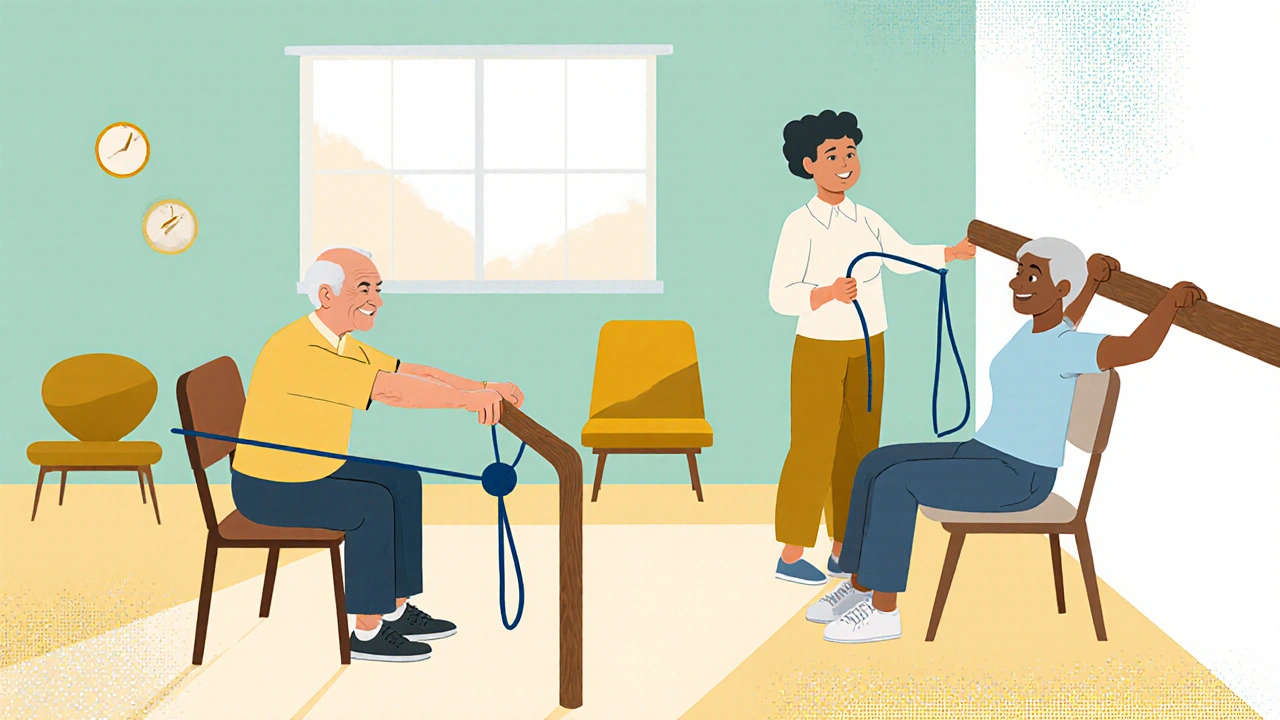Age-Related Muscle Loss: What It Is and How to Fight It
When you start losing muscle as you get older, it’s not just about strength—it’s about staying independent. This isn’t normal aging. It’s age-related muscle loss, a progressive condition where muscle mass and function decline after age 30, accelerating after 60. Also known as sarcopenia, it’s why many older adults struggle to stand up from a chair, carry groceries, or avoid falls. The truth? You lose 3-8% of your muscle every decade after 30, and that number doubles after 60. It’s not just about looking less toned—it’s about losing the ability to move safely and live on your own.
What’s driving this? It’s not just sitting too much. Your body starts making fewer signals to build muscle, your nerves stop firing as strongly to muscle fibers, and you’re often not getting enough protein or movement to trigger growth. protein intake, the key fuel for muscle repair and growth, especially leucine-rich sources like eggs, dairy, and lean meats drops sharply in many older adults because appetite fades or chewing becomes harder. Meanwhile, resistance training, the most effective way to rebuild and maintain muscle, even in your 80s is often skipped because people think it’s too hard, too risky, or not for them. But studies show lifting light weights or using resistance bands two to three times a week can reverse muscle loss—faster than any pill or supplement.
And it’s not just about muscles. Losing them slows your metabolism, makes blood sugar harder to control, and increases the risk of fractures from falls. You’re not just getting weaker—you’re getting more vulnerable. The good news? You can stop it. Or at least slow it down a lot. It’s not about becoming a bodybuilder. It’s about doing enough to keep your body working the way it should. The posts below cover real, practical ways to protect your muscle: what foods help most, which exercises actually work for older bodies, how medications can make it worse, and what supplements have real science behind them—not just hype. You’ll find advice that’s been tested in clinics, not just online forums. This isn’t about guessing. It’s about knowing what works—and what doesn’t—so you can stay strong, steady, and independent for longer.

Sarcopenia: How Strength Training Slows Age-Related Muscle Loss
Sarcopenia is the natural loss of muscle mass and strength with age, affecting up to half of adults over 80. Strength training is the most proven way to slow, stop, and even reverse it-improving mobility, balance, and independence.
